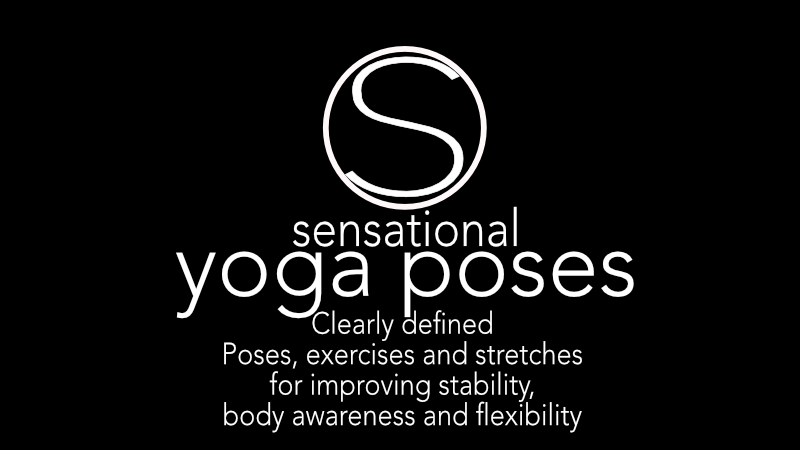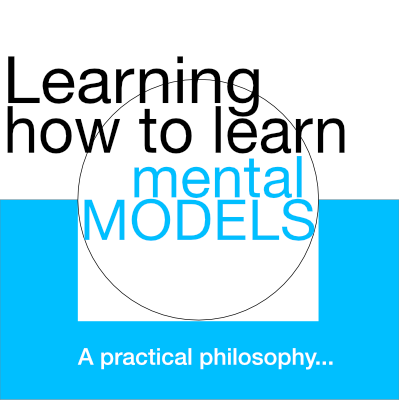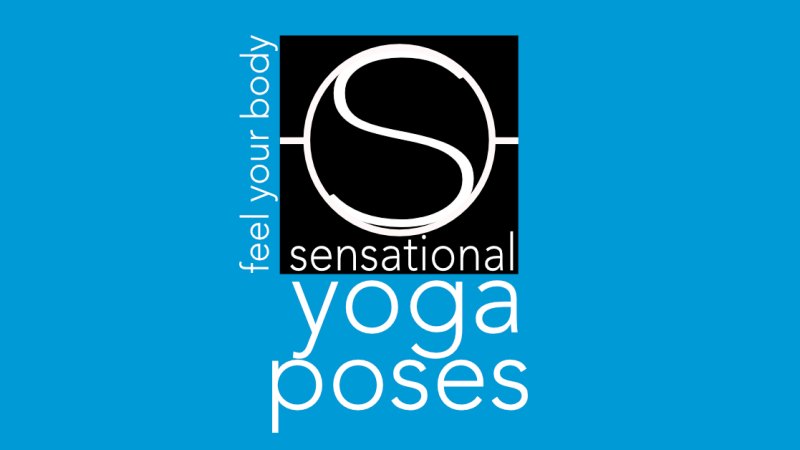Why study anatomy in the first place?
A large reason for learning anatomy the sensational yoga anatomy way is that it can help you deal with problems, or figure out how to deal with problems related to joint and/or muscle pain and poor posture. It can also be useful for helping you understand how to improve flexibility and strength.
The key to all of this is learning to feel and control your own anatomy. And that's what sensational yoga anatomy is intended for.
For knee, hip, low back, shoulders, spine and breathing anatomy, that is included in the categories dedicated to those body parts (links are at the top of each page).
For general anatomy, including joints and joint lubrication, muscles, etc, see the TOC (table of contents) below.
If you want to teach yoga then having an understanding of anatomy can be very helpful. However, because as yoga teachers, we are dealing with our own body and also that of our students, it helps to have a slightly different perspective of anatomy, one that looks at anatomy not as something separate from ourselves, say a body lying on a slab, but rather the anatomy of your own body that we can directly experience and control. Experiencing Your Anatomy is an overview of this perspective of anatomy.
Closely related to the idea of anatomy for yoga teachers (and people who do yoga in general) is the idea of the Anatomical Position. While it can be useful to understand the anatomical position when reading medical texts, or texts that rely on traditional anatomical terminology, in terms of doing yoga, the anatomical position is not that useful. What's more important is specifying the starting position for any movement and the end position. If you can clearly state this, then you don't have to use the anatomical position.
Doctors and surgeons and physiotherapists study anatomy in a way that is suited to their profession. As yoga teachers we should do the same.
You don't need to understand anatomy to teach yoga. (There are many different types or styles of yoga!) However, it can help, particularly when dealing with problems. And it can serve as a road map of sorts. You can read anatomy as a road map to find out more about using anatomy as a guide to feeling and experiencing your own body.
An important aid to learning your anatomy is to practice drawing it. That might seem like a scary idea, but it doesn't need to be. A simple tip is to focus first on drawing isolated elements, the various bones for example. Then use the bones as references for drawing individual muscles.
The better you can draw anatomy, the easier it is to visualize your own anatomy.
And if you make mistakes, don't worry about it. You learn from it. In the process you'll actually get a better idea of your own anatomy and how it all relates. Read more about this in learn anatomy for yoga by drawing it.
One of the key assumptions when dealing with sensational yoga anatomy is that ligaments are directly affected by muscle tension. This is the rule rather than the exception. For the why of this and some related ideas, read Sensational anatomy. One of the advantages of viewing ligaments as active structures is that it means that sensing via the ligaments isn't limited to extreme positions. Proprioception is then easier to understand and use as a result.
Another benefit of viewing ligaments as active structures is that tension in ligaments (and tendons) can be used to affect joint capsule tension. The offshoot of this is that muscles can help keep joints lubricated, particularly when joints are under load. You can read more about this in Hydrostatic lubrication in articular joints.
Basically, muscle tension can be used to tighten joint capsules which results in synovial fluid being pressurized. This then resists joint surfaces from rubbing against each other. This in turn means that tension can be distributed throughout the joint capsule and via it to other connective tissue structures.
If you run your car engine without sufficient oil, you can ruin it. Likewise with our joints. If they aren't kept lubricated, you'll ruin them. And while you can get hip joints and knee joints replaced, it's not a pleasant experience. And ironically enough, one of the ideas that the makers of artificial knee and hip joints study is how natural synovial joints are lubricated.
With a car, you have an engine oil warning light to let you know when oil levels are low. With our body, the brain might use pain, or inhibit function as a way of protecting our joints.
Understanding this simple idea you can begin looking at muscle activation and relaxation not just as a way of controlling movement and posture, but as a way of keeping joints lubricated. The question you can ask in the case of pain or lack of function is "what joint is my brain trying to protect?" For more on this read how to know if your joints are lubricated.
This article was written before I understood the importance of joint lubrication. However, Joint pain yoga still offers some good ideas on how to explore movement to when dealing with various types of joint pain.
Another important idea for joints in general is working to keep them "centered" or as centered as possible. A key to doing that is being able to feel your joints and the muscles that work on them. There's a taste of that in this article on Joint centration.
I've written a fair few articles on tensegrity, in the process trying to understand how it relates to posture and movement. One of the key points about tensegrity structures are that they respond instantaneously to any forces that are applied to them. So they actually provide a good model for what we can aim for when creating yoga poses, or when doing movements where we need to be responsive. However, having practiced tai ji, there are times when you don't want parts of your body to respond to being pushed or pulled. You can read more about this in some problems with biotensegrity
For more on how tensegrity relates to posture and movement you can read fluid tensegrity joint anatomy.
In the category that focuses on the hip joint I mention using a bicycle wheel as one way of modelling a hip joint. Here's another look at bicycle wheels, but from the perspective of tensegrity: Tensegrity, Motor Control and Proprioception. The article goes over how you could modify a bicycle wheel to make it smart by using motors to control spoke tension while at the same time adding sensors to measure spoke tension. You could then use these to intelligently control the relationship of the hub to the rim.
It's a useful analogy for how muscles and connective tissue help our brain not only to move our body and control it, but also allow it to sense how the parts of our body are related and changes in those relationships. Read more about this in Tensegrity, Motor Control and Proprioception
Anatomy texts tend to be fairly cut and dried in how they present the body. They focus on the parts in isolation. Anatomy trains offer a slightly different perspective for looking at the parts of the body. They show you how muscles can connect to and effect each other in series, literally like the carriages of a train.
With an understanding of anatomy trains, you have slightly more options for anchoring one end of whatever muscle or muscles you are trying to control. That can be helpful whether you are dealing with pain, woking on better flexibility of getting stronger. It can also be helpful when simply trying to work more efficiently.
I first started learning about muscles when I began lifting weights as a teenager. And so my first exposure to anatomy was learning various muscles and there names so that I could then work at making them bigger.
For an overview of muscle anatomy, and in particular how understanding it pertains to yoga read Anatomy for muscle control.
I'm still interested in muscles but my focus now is more on controlling them and also using them to feel my body. That's because muscles can be used as force sensors. Read more about this in the article Muscle are Force Sensors
For more on controlling muscles, you can read Motor control for yoga as well as Muscle Control Principles and Muscle Control Basics.
Getting back to the idea of joint lubrication, one of the benefits of muscle control is that muscle activation is what allows us to proprioceive our body. This is doubly advantageous. Not only do muscles help keep our joints lubricated, particularly when they are under load, they also enable us to feel our body. What that then means is that we can learn to feel when our joints are being lubricated or not. You can read more about this idea in Muscle control for proprioception and joint lubrication
The knees, then do more than just bend and straighten. The knees are the interface between your feet and your hips. And they allow your shins to rotate, but only when they aren't straight. And there's a lot you can get just from understanding that simple idea.
Note the last part in the title, "hip bones". The hip joints are focused on in the next section. Her the focus is on the thighs, and that includes the long hip muscles. These are muscles that cross both the hip and the knee to attach from the corner points of the pelvis to the outside and inside edges of the two shin bones. And to control the slack in these muscles, well, then you have the vastus muscles and the adductors. (And this is why understanding that the knee allows rotation is such an important point.)
The hip joint is where the femur connects to the hip bone. I like to use a bicycle wheel (with spokes) to model how the muscles of the hip joint work. And I like to consider the gluteus maximus as two, possibly three, separate muscles. One of those muscles actually attaches to the tibia.
Published: 2019 11 29
Updated: 2020 11 04


